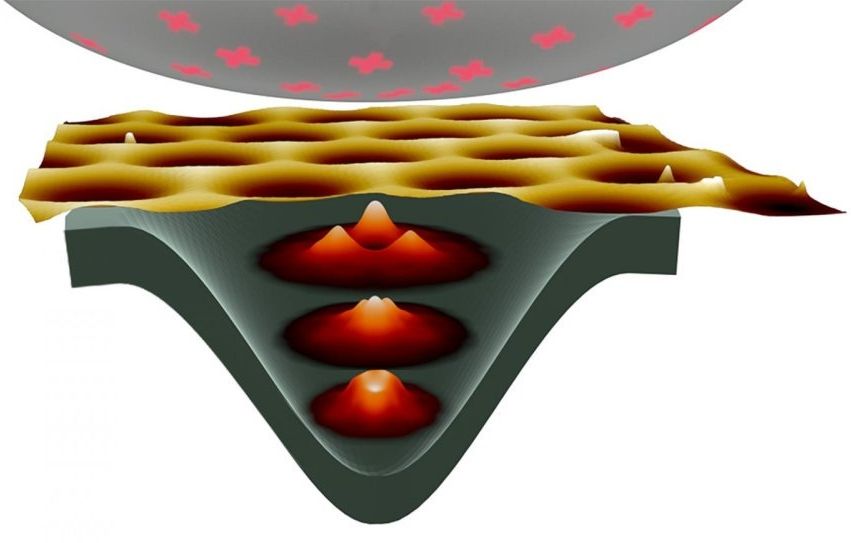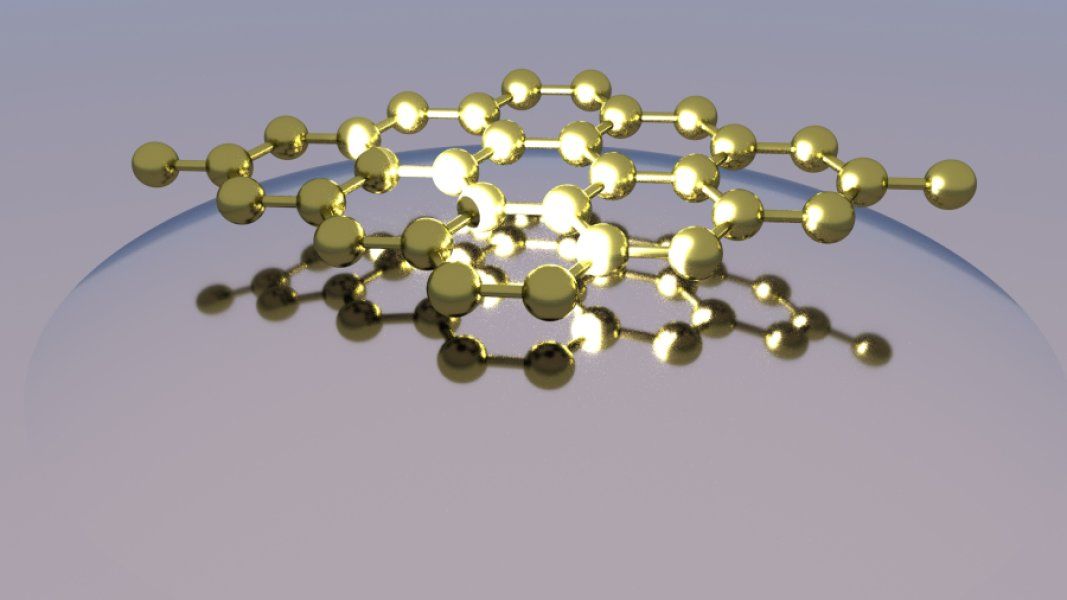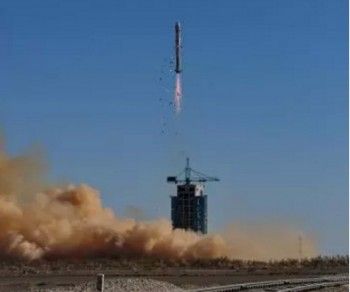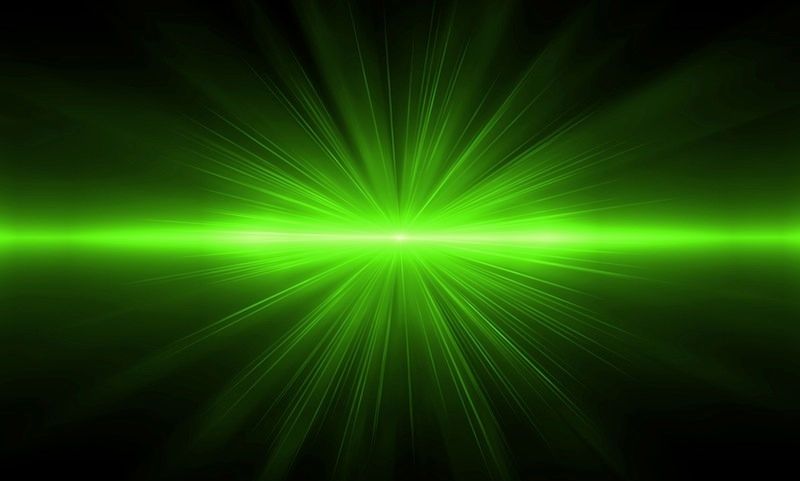Archive for the ‘quantum physics’ category: Page 757
Aug 22, 2016
New theory could lead to new generation of energy friendly optoelectronics
Posted by Karen Hurst in categories: computing, mobile phones, particle physics, quantum physics
Researchers at Queen’s University Belfast and ETH Zurich, Switzerland, have created a new theoretical framework which could help physicists and device engineers design better optoelectronics, leading to less heat generation and power consumption in electronic devices which source, detect, and control light.
Speaking about the research, which enables scientists and engineers to quantify how transparent a 2D material is to an electrostatic field, Dr Elton Santos from the Atomistic Simulation Research Centre at Queen’s, said: “In our paper we have developed a theoretical framework that predicts and quantifies the degree of ‘transparency’ up to the limit of one-atom-thick, 2D materials, to an electrostatic field.
“Imagine we can change the transparency of a material just using an electric bias, e.g. get darker or brighter at will. What kind of implications would this have, for instance, in mobile phone technologies? This was the first question we asked ourselves. We realised that this would allow the microscopic control over the distribution of charged carriers in a bulk semiconductor (e.g. traditional Si microchips) in a nonlinear manner. This will help physicists and device engineers to design better quantum capacitors, an array of subatomic power storage components capable to keep high energy densities, for instance, in batteries, and vertical transistors, leading to next-generation optoelectronics with lower power consumption and dissipation of heat (cold devices), and better performance. In other words, smarter smart phones.”
Aug 19, 2016
How spacetime is built by quantum entanglement
Posted by Shailesh Prasad in categories: mathematics, quantum physics, space
A collaboration of physicists and a mathematician has made a significant step toward unifying general relativity and quantum mechanics by explaining how spacetime emerges from quantum entanglement in a more fundamental theory. The paper announcing the discovery by Hirosi Ooguri, a Principal Investigator at the University of Tokyo’s Kavli IPMU, with Caltech mathematician Matilde Marcolli and graduate students Jennifer Lin and Bogdan Stoica, will be published in Physical Review Letters as an Editors’ Suggestion “for the potential interest in the results presented and on the success of the paper in communicating its message, in particular to readers from other fields.”
Physicists and mathematicians have long sought a Theory of Everything (ToE) that unifies general relativity and quantum mechanics. General relativity explains gravity and large-scale phenomena such as the dynamics of stars and galaxies in the universe, while quantum mechanics explains microscopic phenomena from the subatomic to molecular scales.
The holographic principle is widely regarded as an essential feature of a successful Theory of Everything. The holographic principle states that gravity in a three-dimensional volume can be described by quantum mechanics on a two-dimensional surface surrounding the volume. In particular, the three dimensions of the volume should emerge from the two dimensions of the surface. However, understanding the precise mechanics for the emergence of the volume from the surface has been elusive.
Aug 19, 2016
Parallel Worlds Exist And Interact With Our World, Physicists Say
Posted by Karen Hurst in categories: cosmology, quantum physics
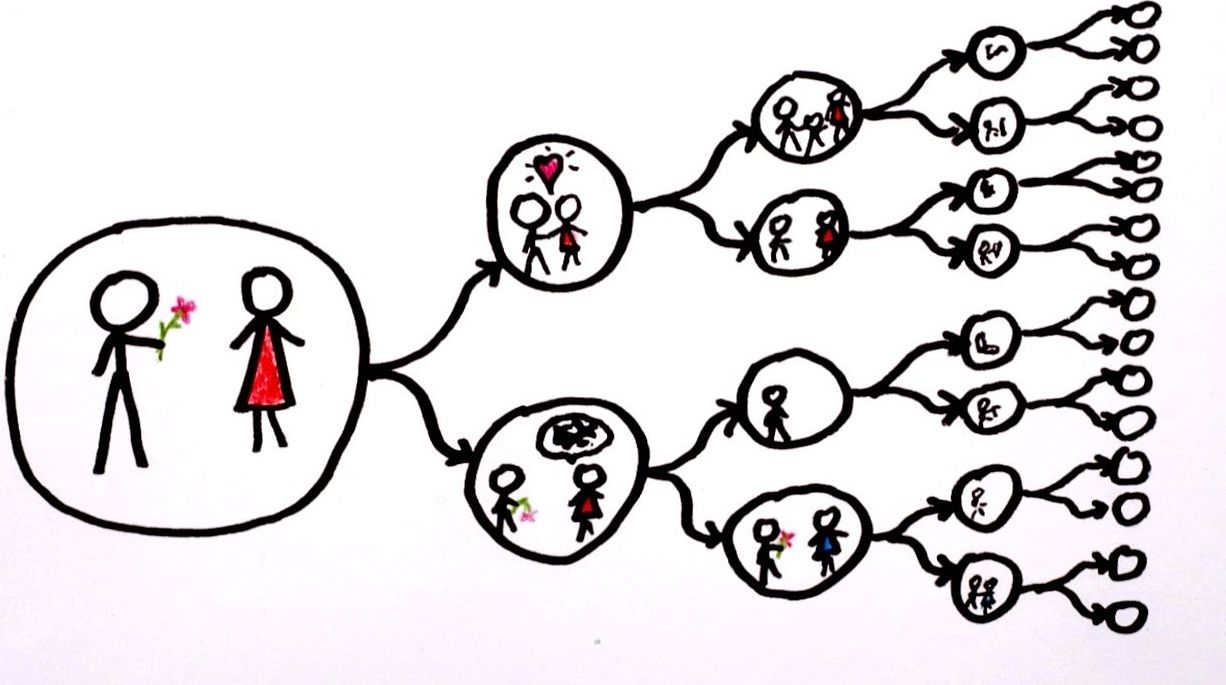
Quantum mechanics, though firmly tested, is so weird and anti-intuitive that famed physicist Richard Feynman once remarked, “I think I can safely say that nobody understands quantum mechanics.” Attempts to explain some of the bizarre consequences of quantum theory have led to some mind-bending ideas, such as the Copenhagen interpretation and the many-worlds interpretation.
Now there’s a new theory on the block, called the “many interacting worlds” hypothesis (MIW), and the idea is just as profound as it sounds. The theory suggests not only that parallel worlds exist, but that they interact with our world on the quantum level and are thus detectable. Though still speculative, the theory may help to finally explain some of the bizarre consequences inherent in quantum mechanics, reports RT.com.
Continue reading “Parallel Worlds Exist And Interact With Our World, Physicists Say” »
Aug 19, 2016
Long March 2D launches world’s first quantum communications satellite
Posted by Karen Hurst in categories: government, quantum physics, satellites
With this week’s overload of news flashes about the Quantum Satellite launch, I restrained from publishing too much repeat news on the launch. However, I came across an excellent article from NASAspaceflight.com that provides additional and good details about some of the initial “publically known” experiments that are to be conducted by the Chinese.
Of course, as with any government agency, not all information is shared.
https://www.nasaspaceflight.com/2016/08/long-march-2d-quantu…satellite/
Continue reading “Long March 2D launches world’s first quantum communications satellite” »
Aug 19, 2016
Quantum trick sees two things happen before and after each other
Posted by Karen Hurst in category: quantum physics
More of the bizarre Quantum Tricks.
By placing the order of two events into a quantum superposition, physicists have probed the nature of causality.
Aug 19, 2016
New Laser Created from Jellyfish’s Fluorescent Proteins
Posted by Karen Hurst in categories: computing, quantum physics
Another great example where scientists are bridging bio and technology together.
Fluorescent proteins from jellyfish that were grown in bacteria have been used to create a laser for the first time, according to a new study.
The breakthrough represents a major advance in so-called polariton lasers, the researchers said. These lasers have the potential to be far more efficient and compact than conventional ones and could open up research avenues in quantum physics and optical computing, the researchers said.
Continue reading “New Laser Created from Jellyfish’s Fluorescent Proteins” »
Aug 19, 2016
Quantum computing and its models
Posted by Karen Hurst in categories: computing, quantum physics
Quantum computing 101 — lesson 1: quantum models
Before reviewing in more detail the most promising experimental realisations of quantum information processors, I think it is useful to recap the basic concepts and most used models of quantum computing. In particular, the models, as the physical realisations mentioned in a previous post use different but equivalent computational models, which need to be understood to comprehend their implementations.
Aug 19, 2016
Progress made in development of quantum memory
Posted by Karen Hurst in categories: computing, quantum physics, space
Since QUESS has been online, China has been able to deliver the 1st set of programmable code, transmit communications back-and-forth from the satellite, and now they have been able to expand the memory capacity up to 100 Qubits. These are pretty big steps since the satellite has been in orbit on Tuesday.
BTW — the 1st 2 events are directly a result of QUESS; the 3rd advancement isn’t the result of QUESS and resulted after QUESS’ launch.
Although Chinese scientists said there is still a long way to go before any ultrapowerful machine can be developed, progress has been made in terms of quantum memory technology, which is a key component to quantum computing and quantum communication.
Continue reading “Progress made in development of quantum memory” »
Aug 19, 2016
QUESS and Quantum Communications
Posted by Karen Hurst in categories: cybercrime/malcode, encryption, government, internet, quantum physics, space
Excellent write up on QUESS; and yesterday we saw that the first set of code was transmitted successfully which means so far success. However, many are asking when will the US respond about our own efforts around our own efforts of a Quantum satellite and our own progress around improving the net infrastructure to ensure we’re not a sitting duck for government backed hackers. Granted we have been operating for many years a version of a Quantum Internet at Los Alamos; however, we need to expand and accelerate the efforts around the Quantum Internet restructuring.
In mid August China launched “QUESS” (Quantum Experiments at Space Scale), a new type of satellite that it hopes will be capable of “quantum communications” which is supposed to be hack-proof, through the use of “quantum entanglement”. This allows the operator to ensure that no one else is listening to your communications by reliably distributing keys that are then used for encryption in order to be absolutely sure that there is no one in the middle intercepting that information.
According the Chinese scientists involved in the project, quantum encryption is secure against any kind of computing power because information encoded in a quantum particle is destroyed as soon as it is measured. (According to Tibor Molnar a scientist at the University of Sydney), the only way to ‘observe’ a photon is to have it interact with (a) an electron, or (b) an electromagnetic field. Either of these interactions will cause the photon to “decohere” – i.e., interfere with it in a way that will be apparent to the intended recipient.
